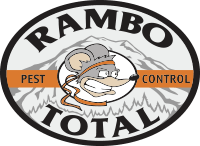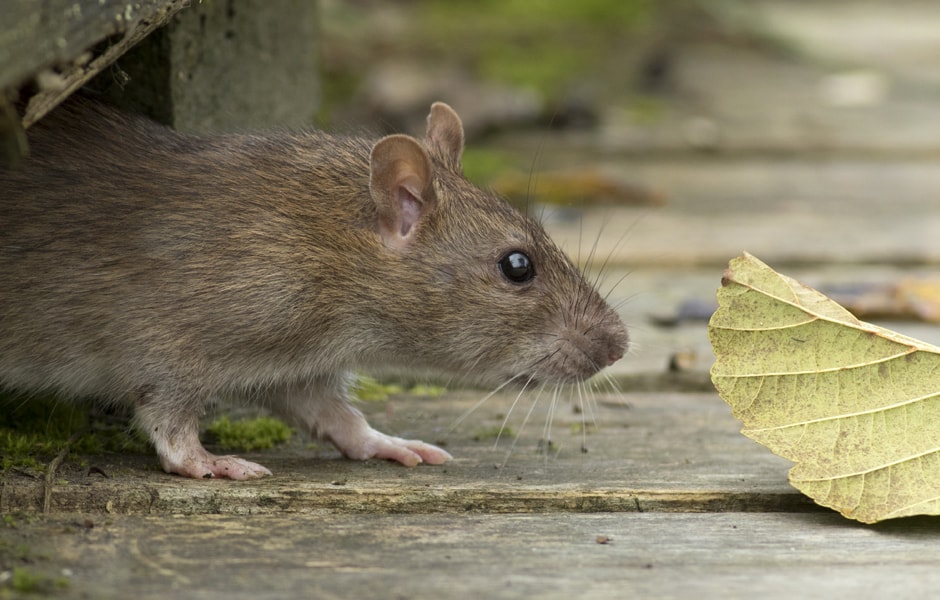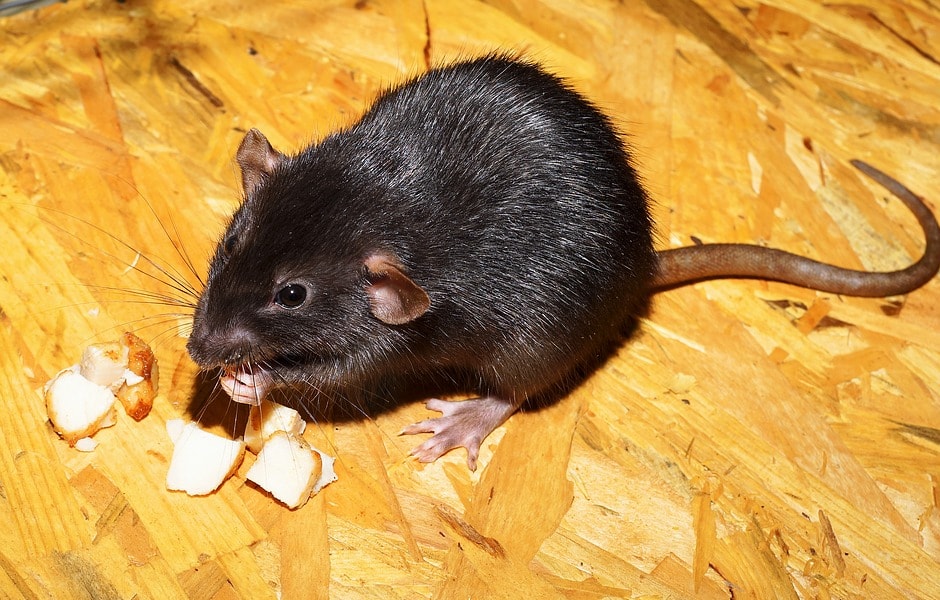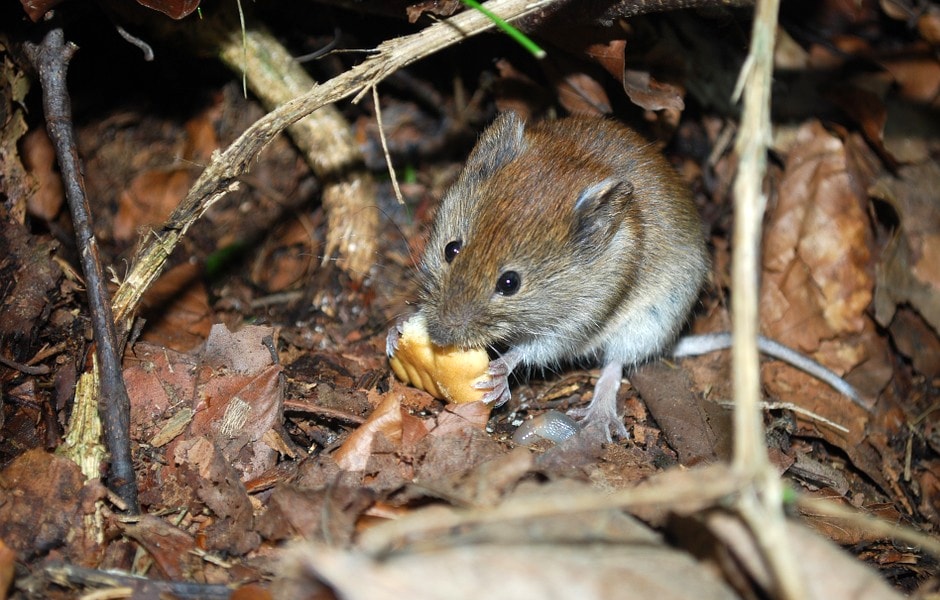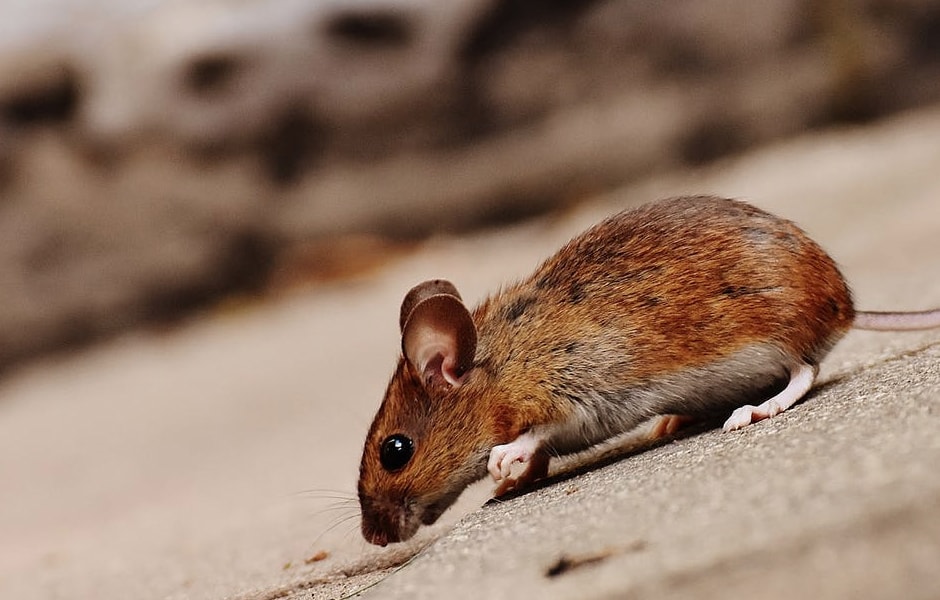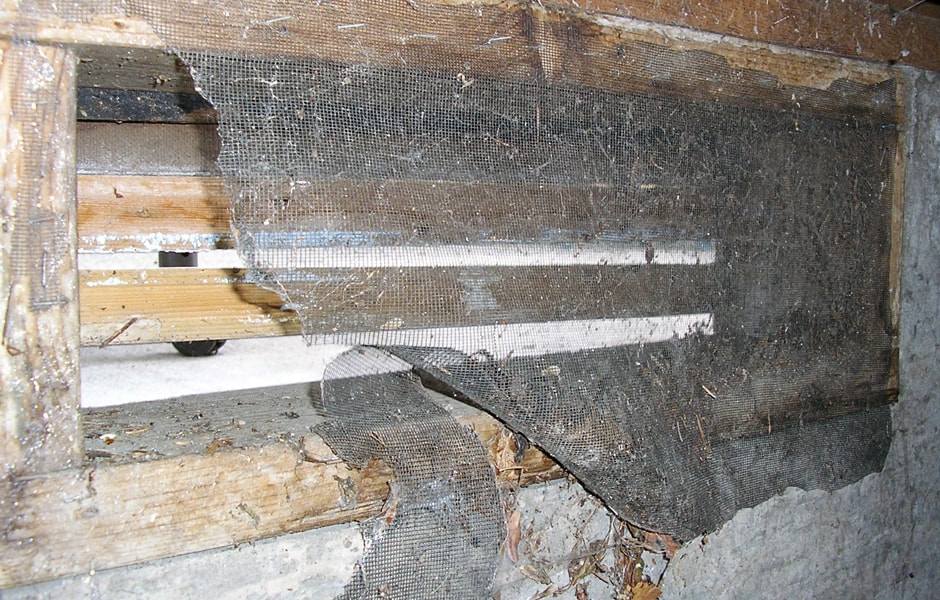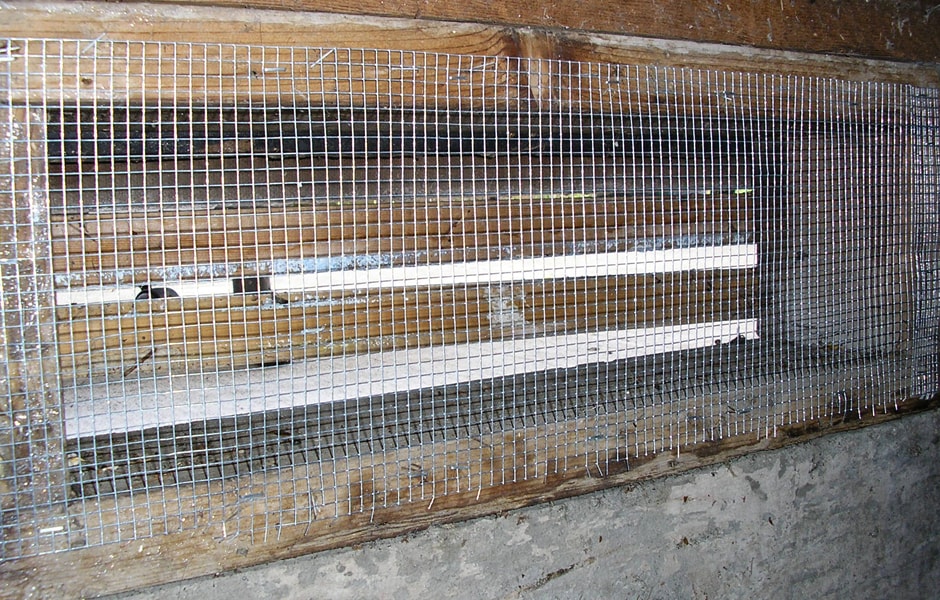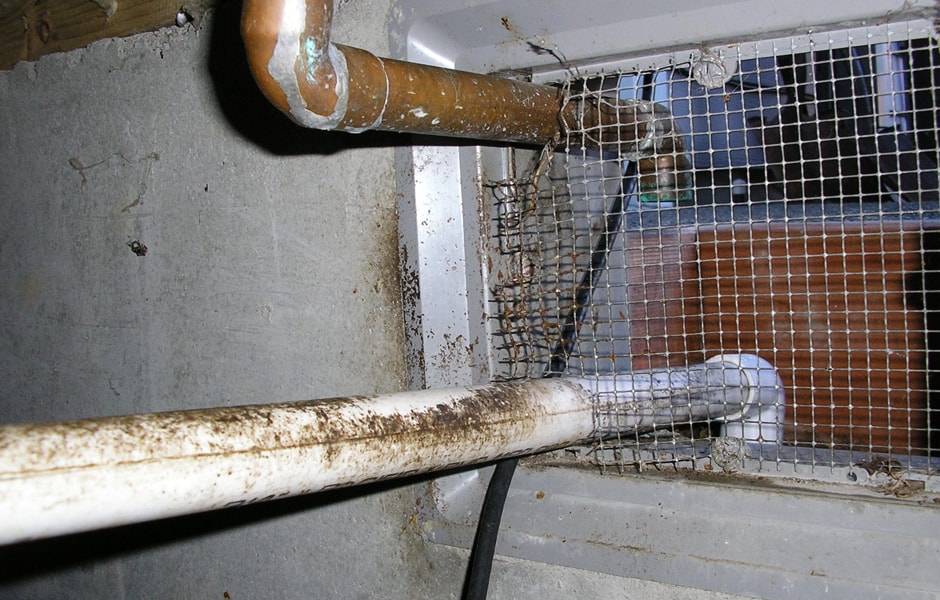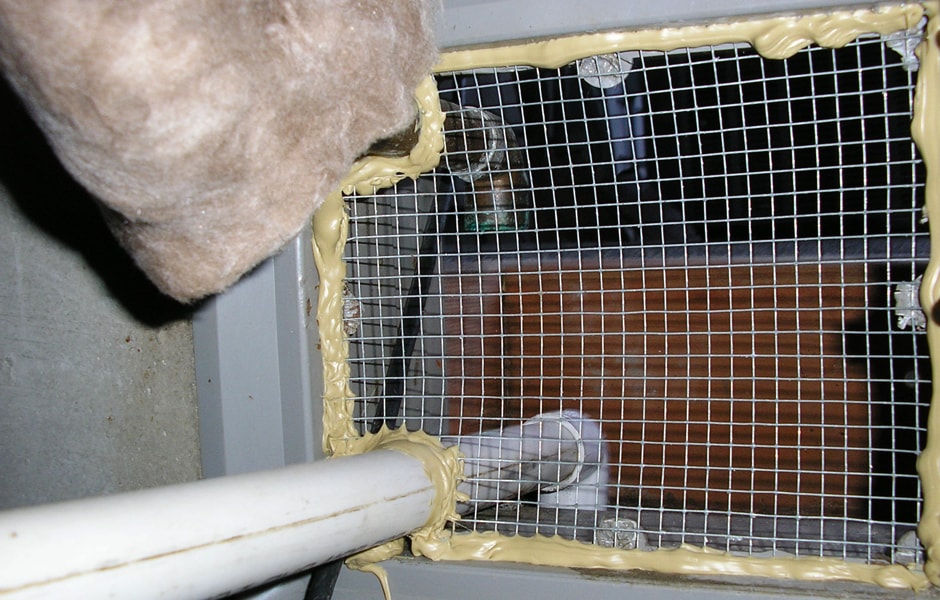HOW DANGEROUS ARE RODENTS?
Rats and Mice pose serious health threats to people and structures. Rodents are well-known carriers of diseases such as Plague, Hantavirus, Salmonella, Rat Bite Fever, Murine Typhus, Leptospirosis (Weil’s Disease) and Trichinosis.
Rodents will cause extensive damage to insulation, vapor barriers, and HVAC systems in your crawlspace or attic. In some cases, they have been the cause of house fires, due to gnawed electrical wiring. Many times, the contamination becomes so severe that a crawlspace cleanout will be necessary to remove contaminated materials from your home.
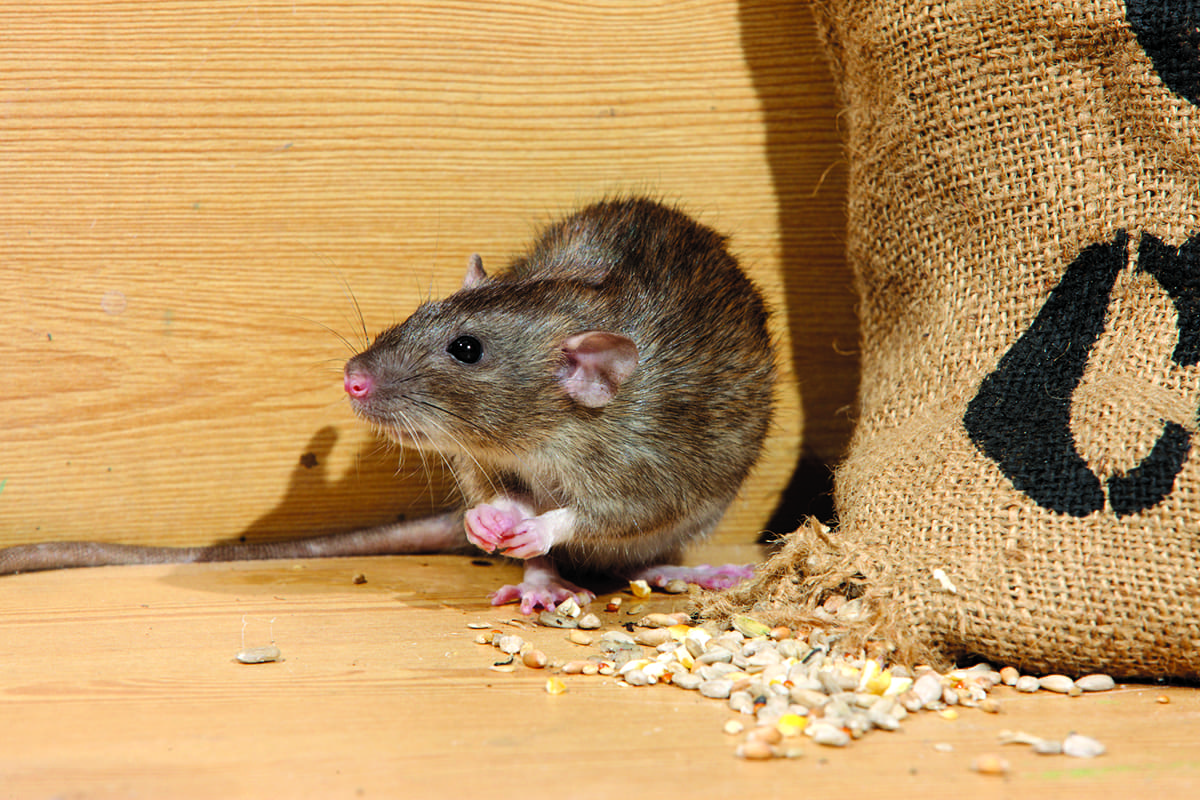
RODENT IDENTIFICATION
Norway Rats
The Norway Rat is one of the largest and most common rodents to infest houses in Western Washington.
Roof Rats
Roof Rats are climbers and jumpers—similar in ability to a squirrel—and can often be seen walking along power lines or fence tops.
RODENT CONTROL METHODS
How Do You Keep Rodents Out of My Home?
Our rodent control program is designed to eliminate any current infestation in your home, as well as to prevent any future rodent populations from entering the structure. Rodent control requires a multi-faceted approach every time. The most important step in a control program is the initial inspection, which can help determine:
- Entry points
- Nest areas
- Feeding locations
- Paths of travel
We will place rodent trapping devices in discreet areas where rodent activity has been identified. We systematically seal up identified entry points to lock out the exterior population, and to drive any remaining rodents inside the structure into our traps.
What About Rodents Living Outside My House?
On the exterior of the building, we place exterior-grade, tamper-resistant bait stations to impact the external population and reduce activity. We will return for a follow up visit 5-10 days later to remove the caught rodents, double check the exclusion work, and make sure you are not experiencing any further activity.
After the initial control has been established, we strongly recommend a recurring preventative service to keep the exterior populations from following existing scent/pheromone trails back to your house. Like people, all rodents are extremely adaptable to their environment, so continual efforts will always be needed.
RODENT PREVENTION
How Can I Keep Mice and Rats Out of My House?
There are several things you can do to help make your home or office less desirable to rodents. Taking these steps will not always prevent a rodent infestation, but they will make them less likely to occur and much easier to correct when they do happen.
-
- Proper sanitation: Reduce available food sources through proper garbage maintenance. Secure trash can lids, empty your garbage regularly, immediately remove fallen fruits or vegetables from the yard, and keep all food handling areas of your home clean.
-
- Prevent clutter: Keep your living spaces free of excessive clutter. Do not allow items to become piled up in your yard or storage areas.
-
- Control access to food sources. If you own pets, remove any leftover food once they have finished eating. Always keep bird feeders away from your home. Keep food in a secure area.
-
- Keep foliage off of your home. Keep at least a 1-foot gap between your home and any plants. Do not allow plants or trees to overhang or touch your roofline. Make sure bushes are trimmed; keep them from being overgrown and off of the ground.
-
- Be vigilant. Have your home inspected for rodent entry points regularly!
REMOTE RODENT MONITORING
A Response to Changes in Rodent Control
The Rodent control services you see as a homeowner may be changing drastically over the next several years. Rodent populations are on the rise, and efforts from lawmakers and special interest groups are beginning to change how we can approach rodent control.
Rambo Total Pest Control is taking advantage of new advancements in remote monitoring technology to test new Rodent control methods. Our Service Manager, Chris Somers, has been writing a series of articles on our implementation of Remote Rodent Monitoring:
Part 1: Challenges and Opportunities
Part 2: Remote Sensing Technology
Part 3: Initial Results
Part 4: Norway Rat Test Sites
RODENT FAQs
Some species of cat and dog are excellent mousers. Some are quite the opposite and have zero desire to chase or catch a rodent. In many cases the rodents are intelligent enough to actively avoid your pet, and they often travel and live in areas your pet cannot access. In some cases, the rodent is too large for your small breed pet. Overall, even the best mousers will help impact the rodent population, but you will still want to properly exclude your home and monitor traps in case the rodents get back in.
The Rodent Exclusion process can be extremely difficult. A fully-grown rat only needs to find an opening the size of a quarter to get into your home, and sometimes that small opening is not somewhere easily found. It is also important to use the correct materials when you seal up entry points. Using expanding foam or shoving steel wool into a hole is not sufficient to seal that opening. Lastly, the Rodent Exclusion process will usually require time and multiple inspections. Even if you are successful in sealing an entry point, the Rodents may find or make another way in.
The goal for rodent exclusion is to keep the rodents out of your home. Once a rodent accesses your crawlspace, attic, garage, or other wall or ceiling void, they have complete access to your home. The construction materials used on the inside of your home are easily gnawed through or bypassed. Rodents will also follow water, electrical, HVAC, and other utility lines to easily travel throughout your home. You must seal the outer walls and/or roof where building materials are more durable and designed to withstand wear and tear.
Rodents are very dependent on their sense of smell due to their poor vision. Because of this they leave grease/scent trails and small spots of urine and feces everywhere they travel. This allows them to navigate quickly without being solely dependent on their sight. The more these trails are used, the stronger the smell. Even after the rodents are removed their scent trails remain. This allows new rodents to follow the old rodent’s trails. If you do not properly exclude your house from rodent entry the cycle will continue without end.
These devices come in all kinds of shapes, sizes, and designs. The logic behind their function seems like it makes sense, but these devices simply do not work. Rodents and Insects are masters of adapting to their environment. Their capabilities to adapt far exceed that of people in many ways. In the same way a person can tolerate and get used to living next to a noisy freeway or construction site, Rodents and Insects can tolerate and adapt to living in and around far worse conditions.
WE GUARANTEE OUR SERVICES
When you call, our friendly office staff will discuss with you the specifics of your pest issue, provide an estimated phone quote based on this conversation, and schedule a time for one of our highly trained technicians to come by for the initial inspection and service.
